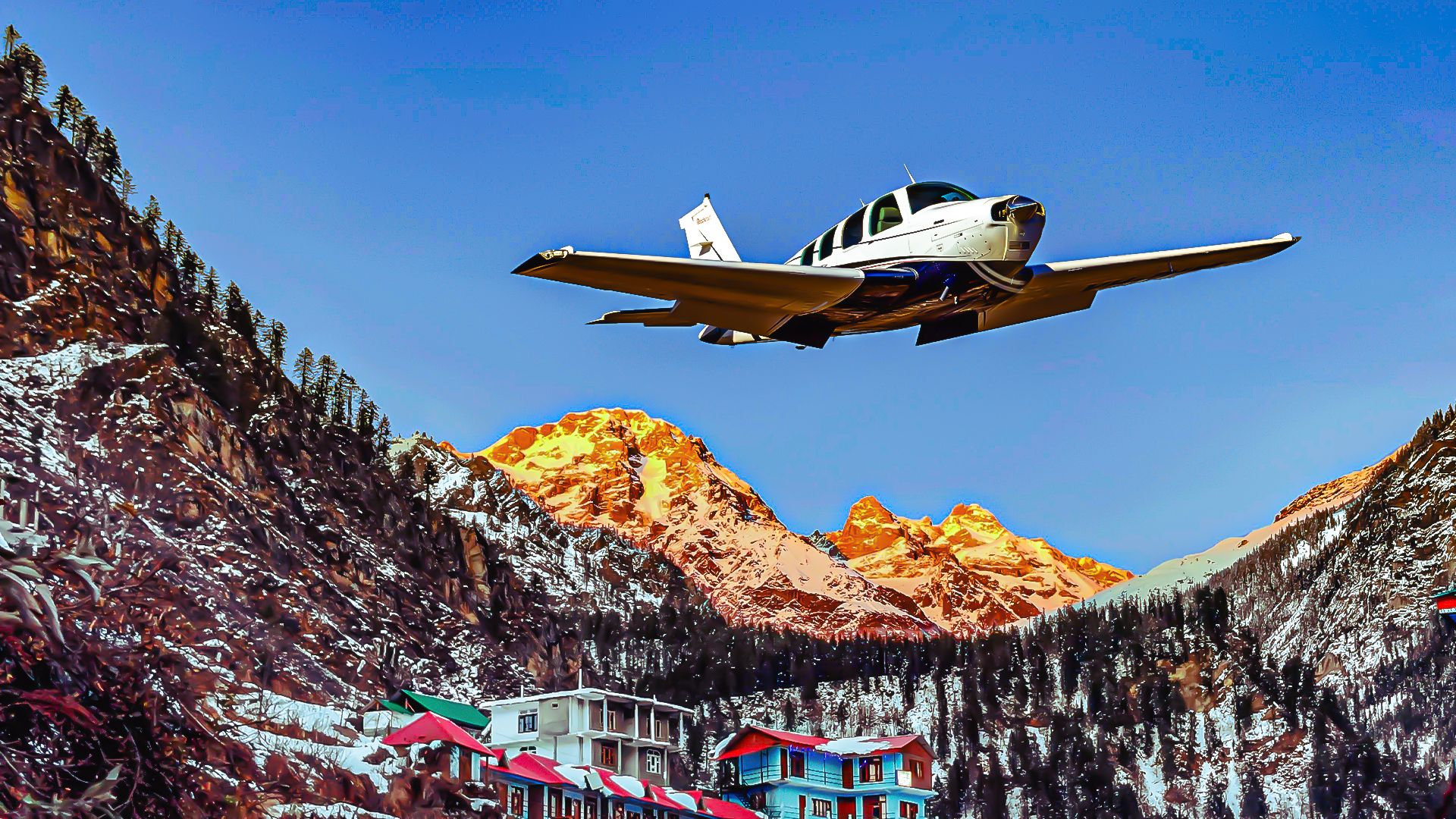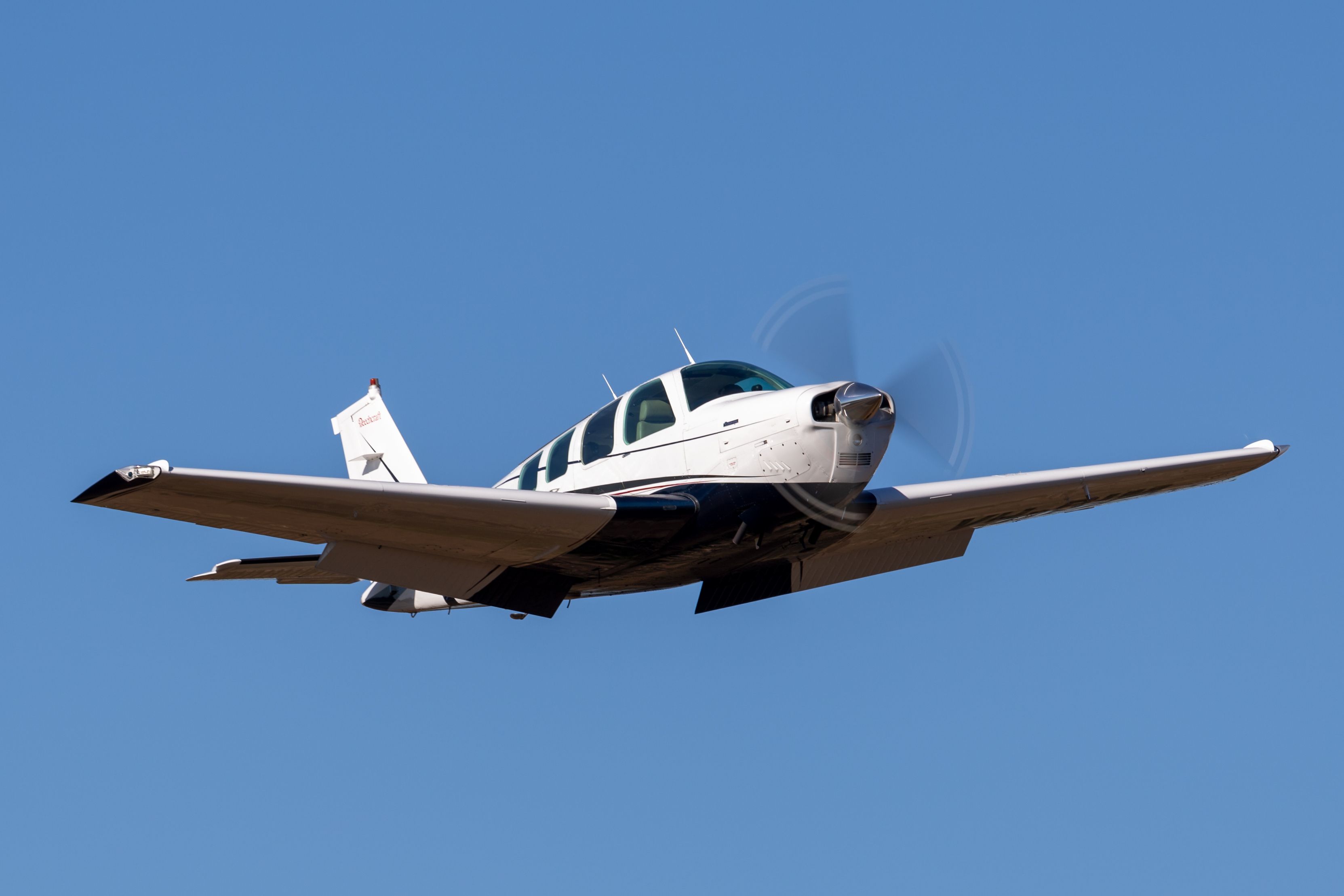Buddy Holly was one of the most famous singers and musicians of the 20th century. He was born in Lubbock, Texas, on September 7, 1936. Holly was born into a family of musical enthusiasts during the Great Depression. Because of this, he learned to play guitar at an early age and began singing alongside his siblings. He also started performing with some of his local friends while he was in high school.
At just sixteen years old, Buddy Holly made his first appearance on local television. By 1955, his band, Buddy and Bob, had gained enough steam that he was invited to open up for Elvis Presley, known as the King of Rock and Roll. This appearance caused Holly to commit to a career in music, although after playing with Elvis, his style of music shifted from country western to rock and roll.
Holly’s career continued to increase during the late 1950s with the release of the album The Chirping Crickets in November 1957. The album was popular in the United Kingdom and the United States. However, Holly had a falling off with the manager of The Crickets after he was accused of stealing money from Holly. This led to Holly signing with General Artists Corporation (GAC) and eventually assembling a new band to begin touring across the midwestern US.
However, shortly after beginning the tour, Holly was involved in a plane crash in Iowa that ended his life. Holly’s legacy continued on in music after his death, as several musicians found inspiration in his unique style of music. A song was written about the plane crash, titled American Pie, by Don McLean. He called the incident “the day that music died.”
Behind the scenes of Holly’s tour
Holly and his new band were set to tour across the midwestern US and perform in 24 cities in 24 consecutive days. This band was called the Winter Dance Party. Holly’s new band consisted of the following members:
- Waylon Jennings
- Tommy Allsup
- Carl Bunch
- Frankie Sardo
- Ritchie Valens
- J.P. Richardson, known as “The Big Bopper”
- The Dion and the Belmonts.
The tour kicked off in Milwaukee, Wisconsin, on January 23, 1959, and moved around the midwestern US the following several days. The eleventh stop of the tour was Clear Lake, Iowa, on February 2, 1959. However, leading up to the show there, the band had jumped to several different locations. Transportation between each show was not considered, and the tour was not in line for efficient travel. The distance between some of these tour stops exceeded 400 miles, meaning the band had to travel for the majority of the day prior to each show. The group had to frequently jump between cities, often crossing over those where they had already played shows.
Photo: Adam Loader | Shutterstock
Some of these trips lasted up to 12 hours, and most of the transport was completed on a bus without sufficient heat. The transportation situation was so bleak that the drummer of the band, Bunch, had gotten severe frostbite on his feet. By now, Holly was growing frustrated with the transportation between each show. Upon the realization that after the Clear Lake show, the band would have to travel to Moorhead, Minnesota, which was past the two previous show locations, Holly decided to charter an aircraft for several of his band members.
About the plane crash
The band chartered a Beechcraft Bonanza owned and operated by Dwyer Flying Service. The aircraft was scheduled to fly from Mason City, Iowa, to Hector Airport in Fargo, North Dakota, near the next show in Moorhead, Minnesota. It was a 1947 Beechcraft 35 Bonanza that was registered as N3794N. The aircraft was flown by a pilot known as Roger Peterson, who was only 21 years old at the time and had only 128 hours on the Bonanza.
Photo: Angel DiBilio | Shutterstock
Holly and two band members, Valens and Richardson, had to drive to Mason City Municipal Airport to board the plane. At the time of the chartered flight, the airport had the following conditions:
- 1,214 feet above mean sea level (AMSL)
- Light snow with a ceiling of 3,000 feet AMSL
- Six-mile visibility
- Winds that ranged from 20 to 30 miles per hour
The Bonanza flown by Peterson took off from runway 17 at 00:55 local time on Wednesday, February 3. The aircraft was observed from the control tower ascending to a height of about 800 feet above ground level (AGL). However, it disappeared into the clouds shortly after. At 01:00 local time, Peterson failed to make radio contact.
Photo: Ryan Fletcher | Shutterstock
Later that morning, after several attempts to reach the plane were unsuccessful, the aircraft wreckage was found about six miles northwest of the airport. The Beechcraft Bonanza had impacted the ground at a high speed, breaking into several pieces. All four passengers of the aircraft were found deceased.
Cause of the crash
The official cause of the crash was ruled to be pilot error and improper weather briefing. Peterson was trained on a specific avionics system that displayed a conventional artificial horizon. This meant that the display showed the aircraft with the sky on top and the ground on the bottom, which easily showed which way it was pitched.
The Bonanza that Peterson flew was equipped with a Sperry F3 attitude gyroscope. This was the reverse of the conventional artificial horizon, with the ground on top and the sky at the bottom of the gauge. Therefore, Peterson may have thought he was ascending while looking at the gauge when, instead, he was descending.
Additionally, the initial weather briefing did not mention any adverse flight conditions further onto the aircraft’s flight route. Shortly after clearing the airport, the weather picked up, and as the aircraft was flying at night, the pilot was forced to fly using his instruments.




